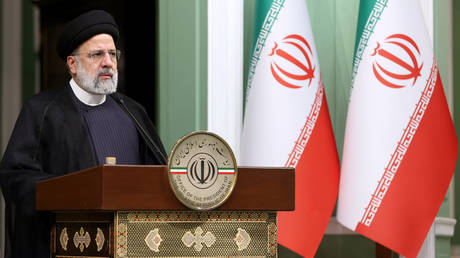Dutch Mole Aided the U.S.-Israeli Stuxnet Cyberattack on Iran

One intelligence service may need another–or two to successfully mount a covert operation. Case in point: the U.S.-Israeli attack on Iran’s nuclear program. Its long been known that the United States and Israel collaborated on creating a computer virus known as Stuxnet. The virus caused the Iranian computers controlling centrifuges used to enrich uranium to malfunction.
What was not known until now was how the CIA and Mossad managed to introduce the virus into high-security Iranian facilities.
Yahoo News now has the answer.
An Iranian engineer recruited by the Dutch intelligence agency AIVD provided critical data that helped the U.S. developers target their code to the systems at Natanz, according to four intelligence sources. That mole then provided much-needed inside access when it came time to slip Stuxnet onto those systems using a USB flash drive.
The Dutch were asked in 2004 to help the CIA and Mossad get access to the plant, but it wasn’t until three years later that the mole, who posed as a mechanic working for a front company doing work at Natanz, delivered the digital weapon to the targeted systems. “[T]he Dutch mole was the most important way of getting the virus into Natanz,” one of the sources told Yahoo.
The team approach was needed because of the technical complexity of penetrating Iran’s networks. c
The Olympic Games operation was primarily a joint U.S.-Israel mission that involved the NSA, the CIA, the Mossad, the Israeli Ministry of Defense and the Israeli SIGINT National Unit, Israel’s equivalent of the NSA. But the U.S. and Israel had assistance from three other nations, according to sources, hence the covert codename that gave nod to the five-ring symbol of the world’s most famous international sporting event. Two of the three participating players were the Netherlands and Germany. The third is believed to be France, although U.K. intelligence also played a role.
Germany contributed technical specifications and knowledge about the industrial control systems made by the German firm Siemens that were used in the Iranian plant to control the spinning centrifuges, according to sources. France is believed to have provided intelligence of a similar sort.
But as Adam Gopnik points out in the New Yorker, the value of secret intelligence is easy to overrate. The Stuxnet virus was designed to discourage Iran’s nuclear ambition and bring them to the negotiating table. It arguably succeeded when Iran agreed to 2015 nuclear agreement that blocked the country’s path to a nuclear weapons
But President Trump, over the objections of Secretary of Defense James Mattis pulled out of the pact. Iran has announced that will it will no longer abide by the agreement. So what did multinational espionage actually achieve. The history of espionage has a common theme, Gopnik writes.
“the better your intelligence, the dumber your conduct.”
There are many examples of this.
Source: Revealed: How a secret Dutch mole aided the U.S.-Israeli Stuxnet cyberattack on Iran
The post Dutch Mole Aided the U.S.-Israeli Stuxnet Cyberattack on Iran appeared first on The Deep State Blog.


